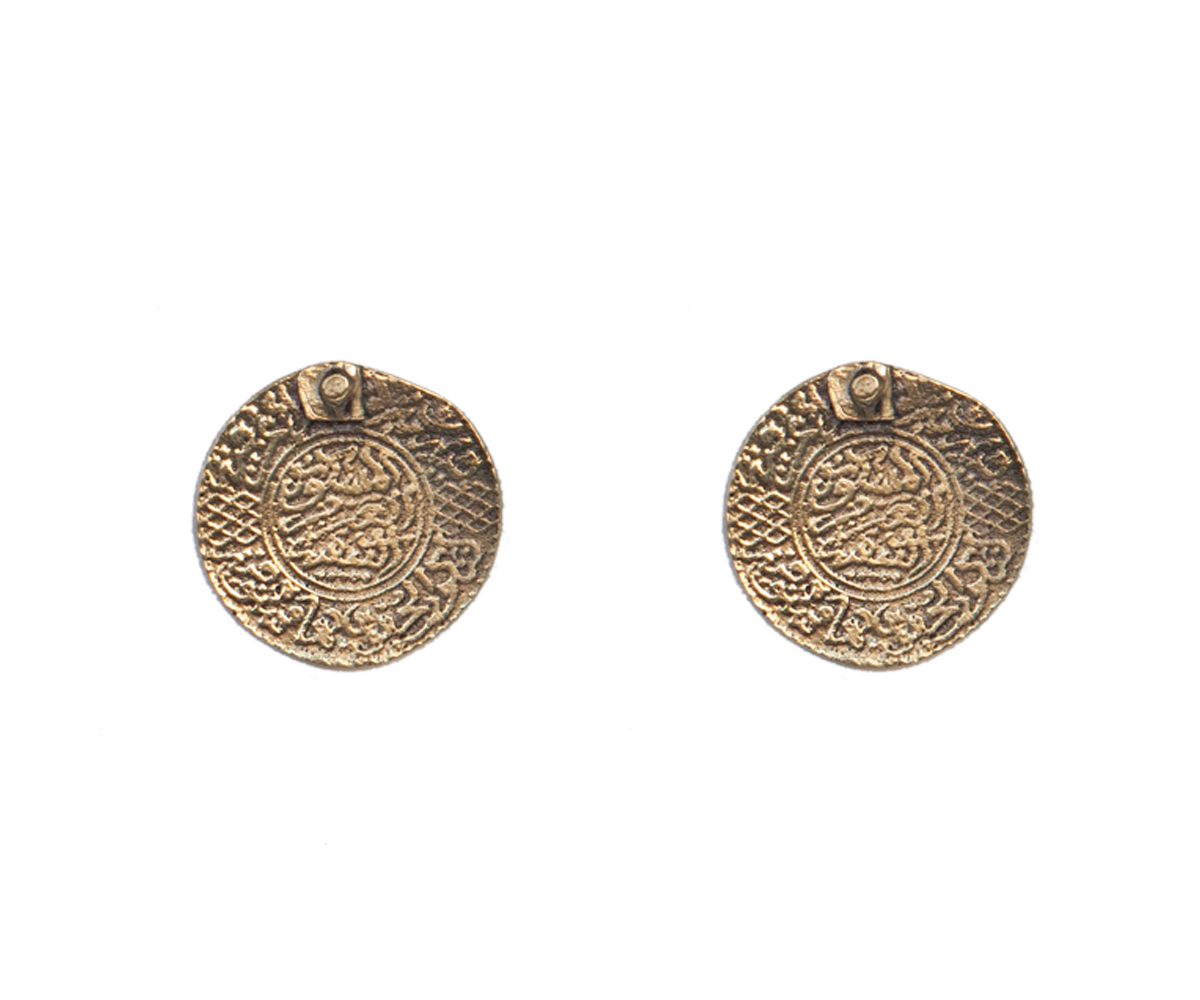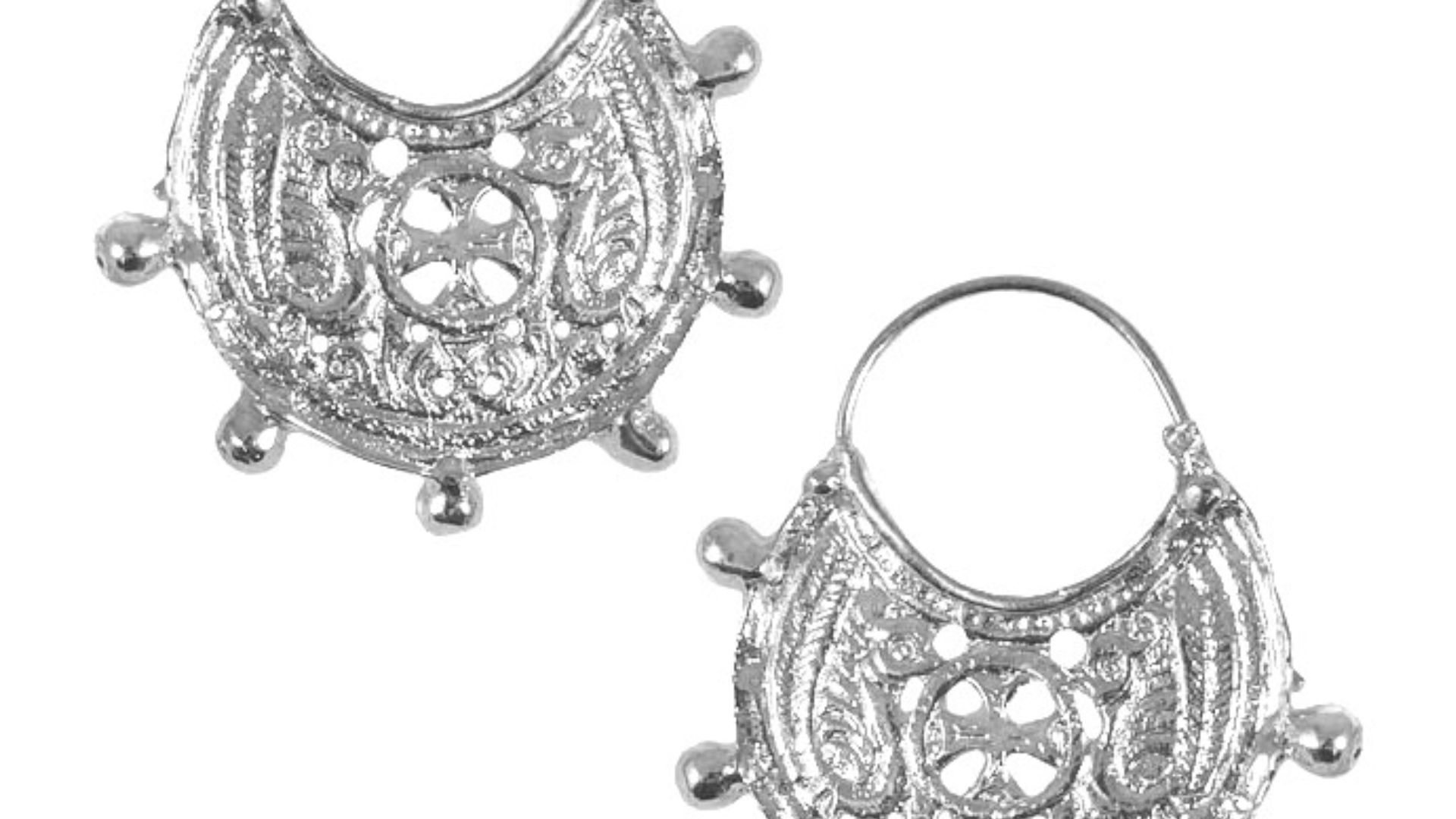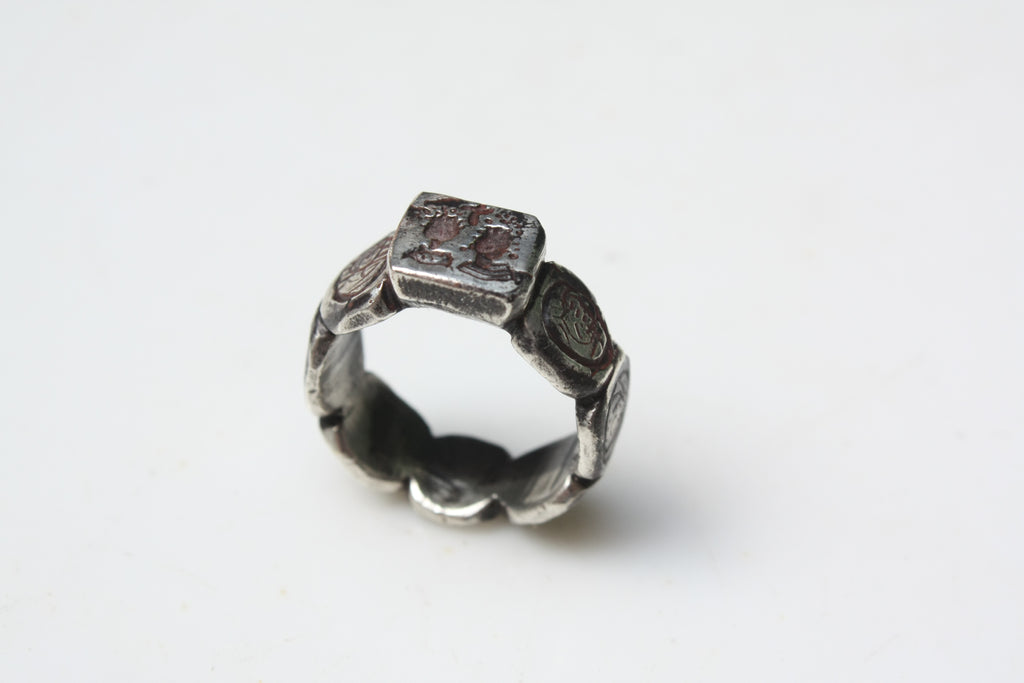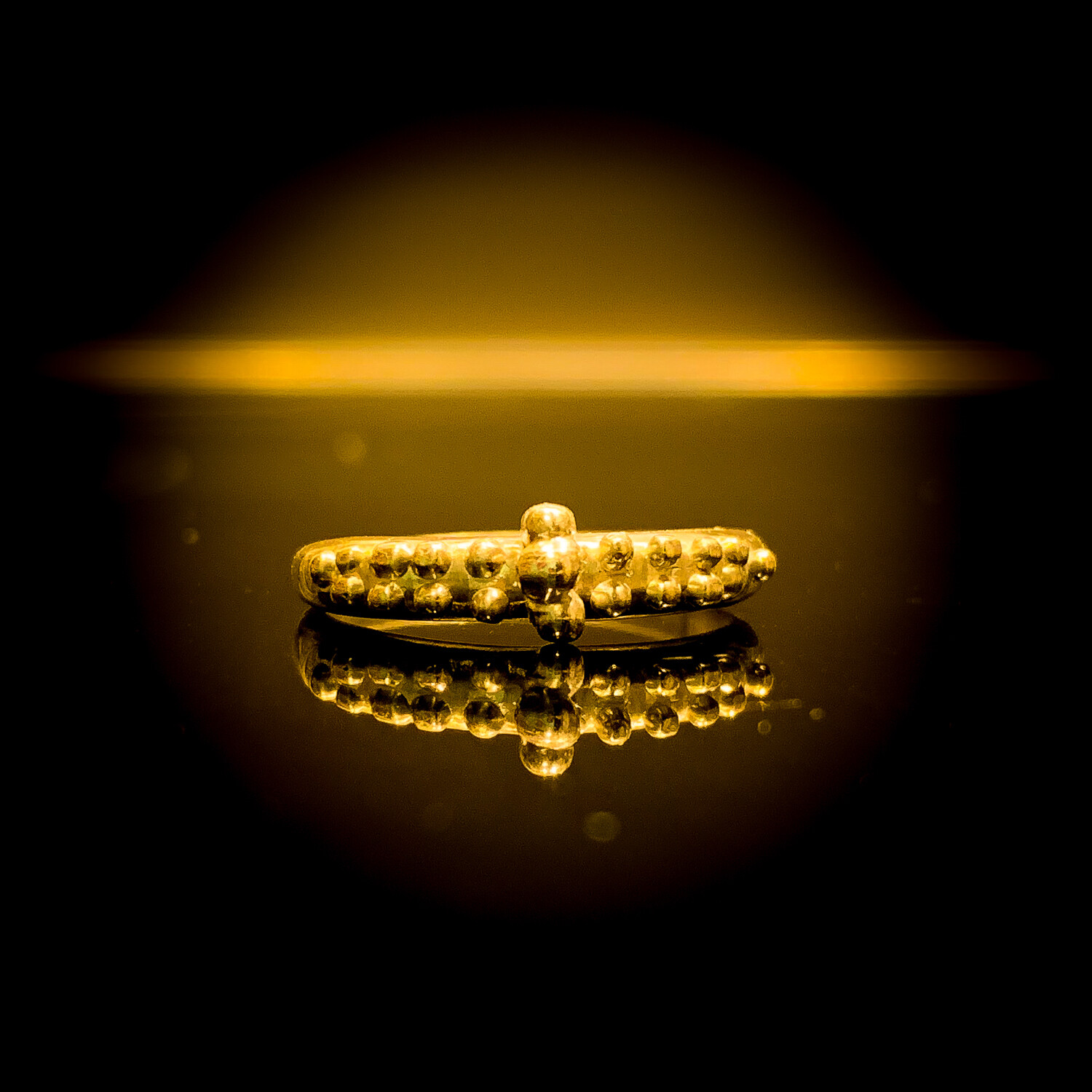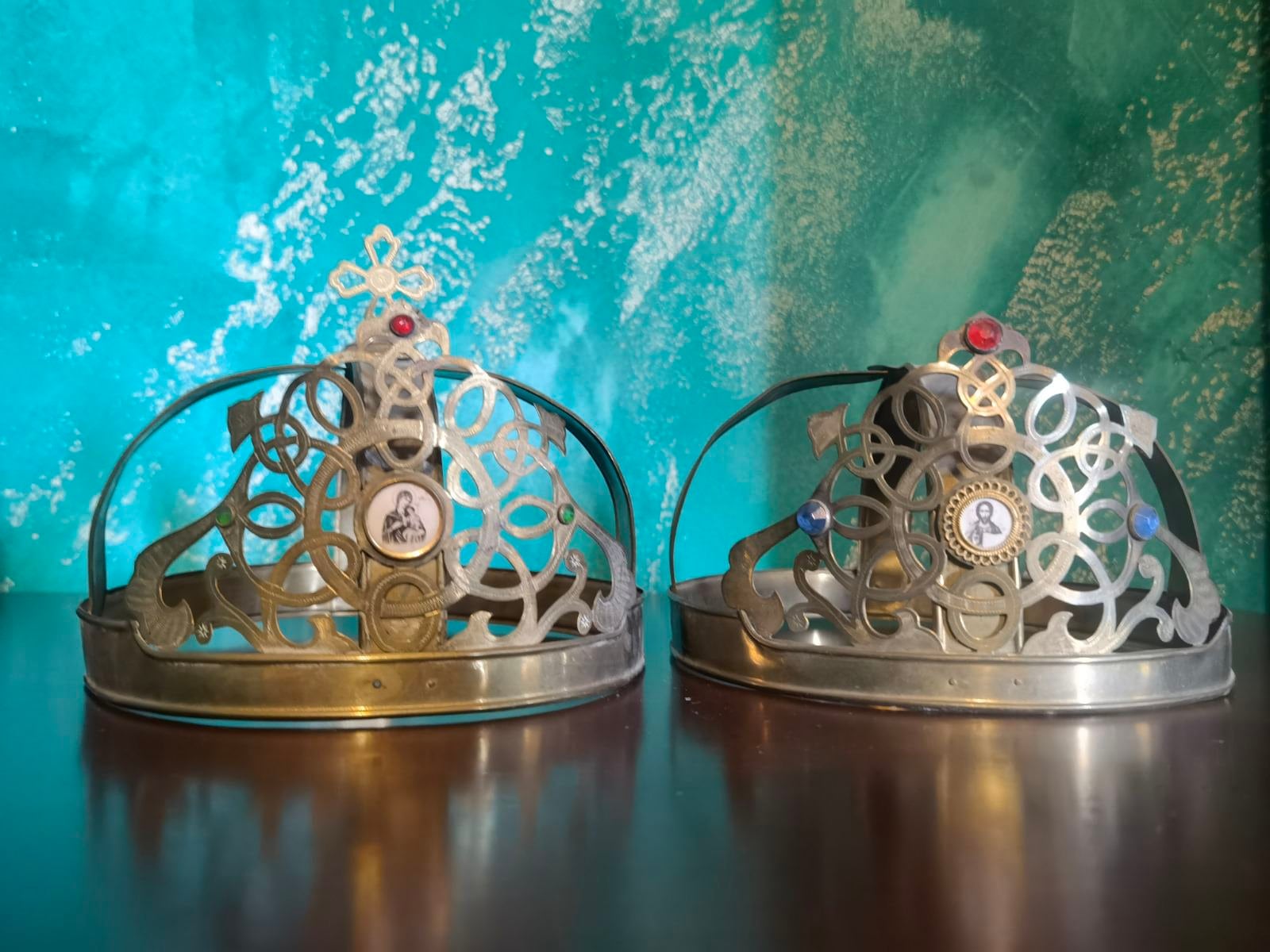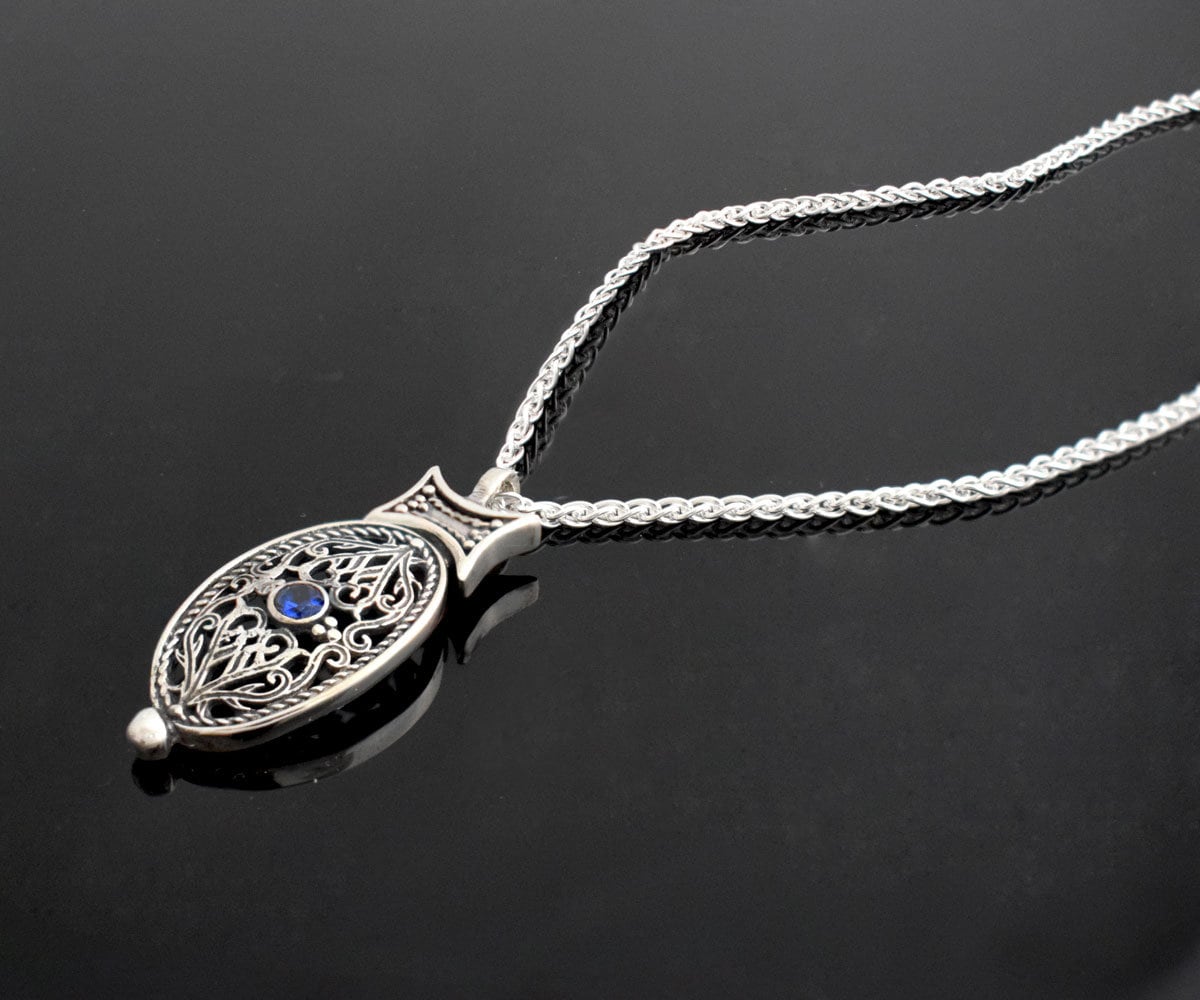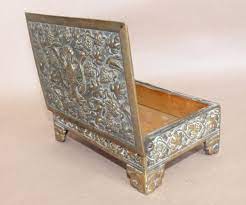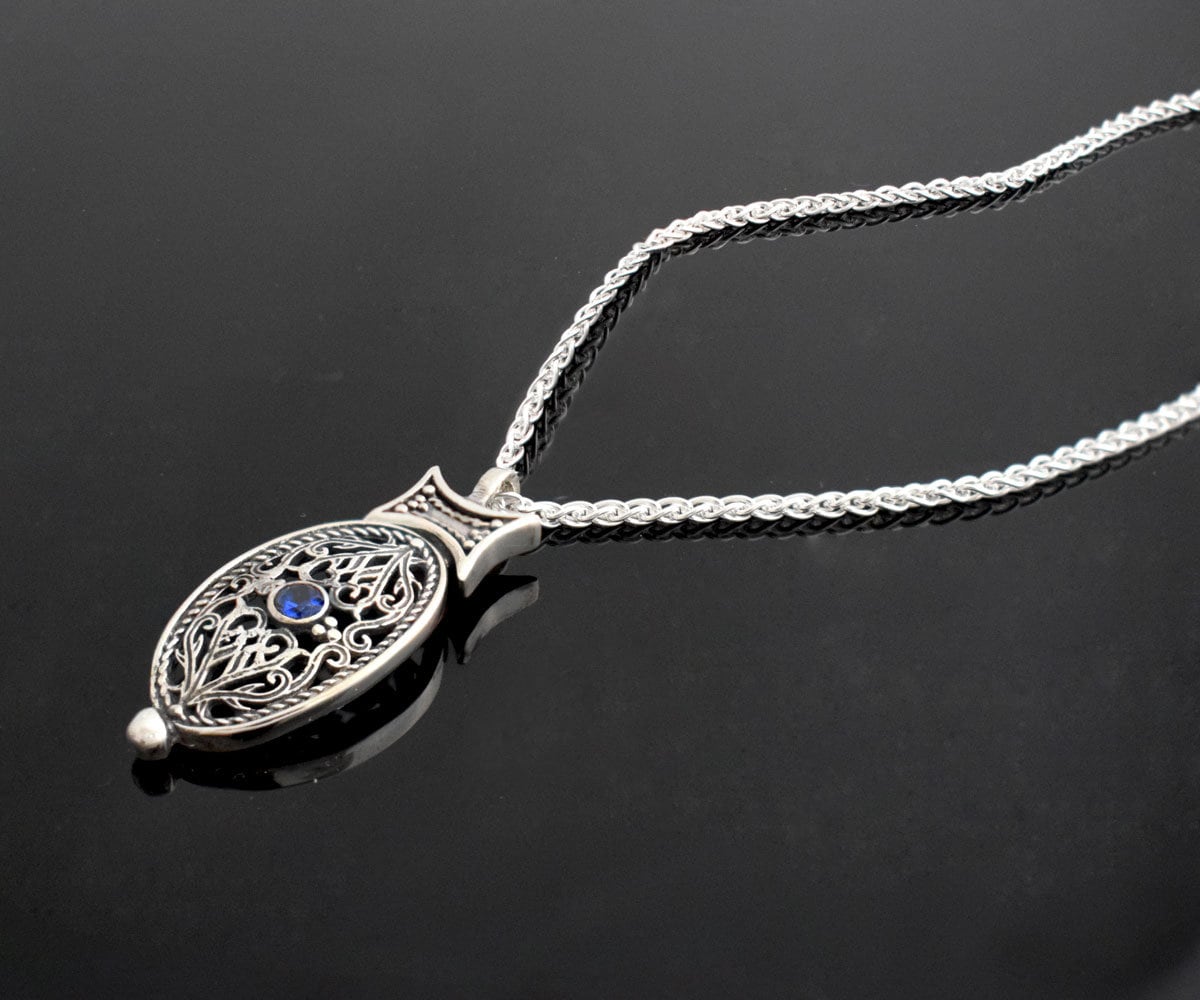
Byzantine silverjewelry, an exquisite testament to the artistry and cultural richness of the Byzantine Empire that thrived from the 4th to the 15th century CE, represents a captivating fusion of craftsmanship and historical significance.
Byzantine silver jewelry is renowned for its intricate designs and mastery of techniques like filigree and granulation. Behind the thick walls of the new city, Constantinople, the Roman traditions were fully continued in Byzantine jewelry.
Byzantine goldsmiths continued to use Roman methods and aesthetics as their model, but they did make specific changes, such as using Christian iconography and further specializing in both new and old methods
The History Of Byzantine Jewelry
Russian and Greek cultures and those of Northern Africa are all represented in Byzantine jewelry. Religious icons like the cross were another way that artisans displayed their abilities. The abundance of goldmines within the boundaries of the Byzantine Empire contributed to its prosperity. Additionally, it was a great place for trade.
The Byzantines wore jewelry to communicate diplomatically and to show off their social standing. The more jewelry someone wore, the wealthier they were. The best jewelry was within the means of military leaders, high-ranking officials, and prosperous traders.
But at some point, jewelry started to be worn frequently. So, to preserve some exclusive things, Emperor Justinian issued the Justinian Codein 529 AD, which set rules for jewelry usage.
According to the legislation, the emperor could only utilize pearls, rubies, sapphires, and emeralds. However, it was acceptable for ordinary people to wear gold rings. The emperor frequently gave his favorite servants jewels crafted at the imperial workshops.
Styles of Byzantine jewelry were still in use after Constantinople was pillaged in the 12th century. The Byzantine Empire and its jewelry fashion both perished. Eventually, the Gothic style took its place.
Types Of Byzantine Jewelry
Collar
The imperial family only wore collars that date back to the Byzantine era. These are adorned with sizable, thick gem clusters, symbolizing their great rank. These are worn by both men and women.
Earrings
Byzantine earringsfeatured cabochon gems that were constructed with pendantsthat were often made with spherical stones that were drilled and inserted with gold wire acting as the chain
Marriage Ring
According to legend, wedding ringswere created by the Romans. But there is no proof that these wedding rings were worn at the weddings. Gold engagement ringstypically have a flat disk top. Typically, a man and a woman are carved on its surface, with a cross sign in the middle.
Architectural Ring
a ringstyle with a big gemstone perched on top of a high-relief design. An architectural ring resembles a golden mountain with a temple on top; it is bulkier and more substantial than a statement or signet ring.
Crown
We can describe Justinian's crown based on the mosaic. Made with a three-tiered gold frame lined with various gems and used only by royalty. These include emeralds, rubies, and pearls.
The similar three-tiered crown with two or three strings of pearls hanging on the sides was worn by Empress Theodora.
Styles And Techniques
The ornate and substantial jewelry styles of Byzantine jewelry were well known. Master jewelers created the designs using various techniques, some of which are listed below.
Die Struck
Die striking is repeatedly heating, hammering, or applying pressure to shape metal.
Intaglio
Images can be engraved into or below the surface of a gemstone using intaglio. In the later part of the 19th century, seals frequently included these etched motifs.
Cameo
On a gemstone, a raised relief is carved as a cameo. The faces of royalty or religious symbols were the most popular cameo designs.
Niello
Byzantine jewelers inlaid silver or gold jewelry with niello, a dark paste or powder mixture. When the liquid began to flow between the metal grooves, they heated it and applied it to the engravings.
Cloisonné
Thin gold wires are soldered together in cloisonné to produce sharp images on jewelry. Around the ninth century, the Byzantine Empire's craftsmen began using the cloisonné enamel method. After that, it spread widely.
Cloissoné was a technique that Byzantine jewelers quickly mastered and frequently used to depict saints. Using this method, they also produced pectoral jewelry (a brooch that rests on the breast).
Chasing
Chasing is a method that includes raising or lowering lines in the metal with a hammer. The following are the tools needed to use chasing techniques.
- Lining Tool- Jewelers utilized this tool to outline letters and geometric forms by drawing lines. There are numerous sizes and tip kinds for lining tools.
- Modeling Punch- Jewelry makers used modeling punches to force the proper shape out.
- Planishing Punch- Jewelers polished the relief by using the planishing punch.
- Matting Punch- Jewelers used the matting punch to cover up traces and shadows left by the punching tool.
- Doming or Dotting Tool - Jewelers used this doming or dotting tool to create grooves or dimples of varied lengths.
- Jig Punch- Jewelers used a jig punch to ensure the spaces for the ornamental margins and impressions were uniform.
- Chasing Hammer- The chasing hammer was a tiny, light-weight tool used by jewelers to make minuscule impressions
- Pitch Tray- Jewelers utilized a pitch tray to hold the metal in position during construction.
How To Recognize Byzantine Jewelry?
Along with color, Byzantine jewelry featured embossed engravings. Christian representations or allusions to significant life events, like marriage, were frequently found in gold. Pearls, beryl, garnets, corundum, and other gems were often utilized.
Gemstonestook center stage during the Byzantine era over gold. Polishing gemstones into cabochons and setting them in collets is a characteristic Byzantine jewelry design. Detachable gemstone links were another way the Byzantines showcased their extensive collection of precious stones.
A gold wire and hook were placed into a hole bored in a gemstone. They were then able to use the same jewels to create new jewelry. If you will, think of jewelry as a Color Clix system.
How To Style Your Byzantine Piece?
Here are some styling suggestions for your Byzantine jewelry now that you feel confident enough to wear it. Bring one statement piece inspired by Byzantine jewelry to the place you wish to draw attention to.
To highlight your face, use long gold earrings with a ruby crescent. Or a necklace with intricate gold openwork to draw attention to a neckline. And when you wear a gold headpiece with Byzantine inspiration, forget about having poor hair days.
In other words, Byzantine jewelry is intended to be glitzy and bold. Gold and precious stones are opulent accents that should take the stage in your ensemble. When you cover yourself in Byzantine jewelry that is flecked with gold and precious stones, you will feel like a Roman goddess.
Byzantine Silver Jewelry Significance
Byzantine silver jewelry holds significant cultural, historical, and religious importance due to its role in the Byzantine Empire and its impact on art and society. Here are some critical aspects of the significance of Byzantine silver jewelry
Religious
Byzantine silver jewelry often featured religious symbols, such as crosses, saints, and biblical scenes. These pieces were not just decorative but also served as expressions of faith. They were used as religious icons and amulets, believed to offer protection and blessings to the wearer.
Cultural And Artistic
Byzantine silver jewelry exemplifies the artistic achievements of the Byzantine Empire. The intricate filigree work, granulation, and enamel techniques showcased the high level of craftsmanship during this period.
These pieces were expressions of Byzantine aesthetics, reflecting the fusion of Roman, Greek, and Eastern influences, and they contributed to the distinctive Byzantine style.
Status And Social
Wearing Byzantine silver jewelry was often an indicator of social status and wealth. The quality and intricacy of one's jewelry could signify their position in society.
The emperor and nobility wore elaborate pieces to symbolize their power and prestige, while ordinary citizens wore simpler designs.
Personal Expression
Byzantine silver jewelry allowed individuals to express their tastes and beliefs. People could choose pieces that resonated with their faith or cultural identity.
Jewelry was often passed down through generations, becoming cherished family heirlooms with personal and sentimental significance.
Trade And Economic
The production and trade of Byzantine silver jewelry contributed to the economic prosperity of the Byzantine Empire. The demand for these items supported a network of skilled artisans and merchants.
Byzantine jewelry was sought after not only within the empire but also by neighboring regions, enhancing trade relations.
Historical And Archaeological
Surviving Byzantine silver jewelry serves as a valuable historical artifact. These pieces provide insights into the time's fashion trends, materials, and craftsmanship.
Archaeological discoveries of Byzantine jewelry in burial sites and ancient cities have helped historians reconstruct aspects of daily life and culture during the Byzantine era.
Continued Influence
The artistry and designs of Byzantine silver jewelry have had a lasting impact on jewelry-making traditions throughout history. Elements of Byzantine jewelry design can still be seen in contemporary jewelry.
Preservation Of Byzantine Silver Jewelry
Preserving Byzantine silver jewelry is essential to ensure that these historically and culturally significant artifacts remain in good condition for future generations to appreciate. Here are some critical considerations for the preservation of Byzantine silver jewelry:
Storage
Store Byzantine silver jewelry in a controlled environment with stable temperature and humidity. Avoid extreme fluctuations in these conditions, as they can cause damage.
Use acid-free and archival-quality storage materials, such as jewelry boxes lined with non-reactive fabric or acid-free tissue paper.
Handling
Always handle Byzantine silver jewelry with clean hands to prevent the transfer of oils, dirt, or sweat, which can tarnish the metal or damage delicate enamel or gemstone settings.
Wear cotton gloves when handling valuable or fragile pieces to minimize direct contact.
Cleaning
Cleaning should be done sparingly and cautiously, as overcleaning can harm the jewelry.
Use a soft, lint-free cloth or a specialized jewelry cleaning cloth to gently wipe the surface of the jewelry to remove dust and surface dirt. Avoid abrasive materials that can scratch the metal or enamel.
For more thorough cleaning, consult a professional conservator or jeweler experienced in working with antique and delicate jewelry.
Tarnish Prevention
Silver naturally tarnishes over time when exposed to air and humidity. To prevent tarnish:
Store jewelry in airtight containers or zip-lock bags with anti-tarnish strips or silica gel packets to absorb moisture. Avoid exposing the jewelry to excessive humidity, which can accelerate tarnishing. Consider using tarnish-resistant jewelry storage solutions or tarnish-resistant cloth pouches.
Protection From Light And Heat
Limit the exposure of Byzantine silver jewelry to direct sunlight and heat, as these can cause fading or damage to any gemstones, enamel, or organic materials in the pieces.
Display jewelry in areas with controlled lighting, such as museum-style display cases with UV-protective glass.
Avoid Contact With Chemicals
Keep Byzantine silver jewelry away from household chemicals, perfumes, cosmetics, and hairsprays, as these can corrode or damage the metal and gemstones. Remove jewelry before swimming, bathing, or engaging in physical activities.
Conservation And Restoration
If a piece of Byzantine silver jewelry requires restoration or conservation due to damage or deterioration, consult a professional conservator or jeweler with expertise in antique jewelry. Avoid attempting DIY repairs, as improper techniques can worsen the jewelry's condition.
Documentation
Maintain records of the provenance, history, and any previous restoration work done on the jewelry. This information is valuable for historical and cultural documentation.
Regular Inspection
Periodically inspect Byzantine silver jewelry for signs of damage or deterioration. Early detection of issues can help prevent further damage.
Professional Assessment
For extremely valuable or historically significant pieces, consider having them assessed, documented, and appraised by experts in antique jewelry to ensure their proper care and conservation.
FAQs
What Does Byzantine Mean In Jewelry?
Jewelry from the Byzantine period places a strong emphasis on size and color. It was anticipated that the jewelry would be as large and hefty as possible.
Where Did Byzantine Jewelry Come From?
Most precious stones originated in the East. Huge garnets, beryls, corundum, and pearls were transported to Constantinople through flourishing trade relations with India and Persia.
Is Byzantine A Stone?
Made with pulverized dolomite and cement powder colored with mineral oxides. To create individual tiles, this mixture is put under high pressure in a mold and then cut with standard tile nippers.
Who Wears Byzantine Chains?
Thanks to its superb craftsmanship and premium materials, a byzantine chain is a piece of jewelry that has unquestionably won the title of king among necklaces. Rappers and artists are ardent admirers of this style of chain
Why Is It Called A Byzantine Chain?
It is unknown where the name Byzantine came from. Each link in the chain travels through four other links, making it a four-in-one chain. In contrast to Byzantine, which has links that alternate in direction, it is a variation on the Box chain.
Conclusion
Byzantine silver jewelry represents a remarkable fusion of artistry, cultural significance, and historical legacy. These exquisite pieces, crafted within the walls of Constantinople, the heart of the Byzantine Empire, are enduring symbols of a civilization that bridged the classical and medieval worlds.
Byzantine silver jewelry, characterized by intricate designs, religious symbolism, and masterful techniques such as filigree and granulation, continues to captivate and inspire today.
Beyond their aesthetic allure, these ornaments hold deep religious and social significance, often serving as expressions of faith and markers of social status. They were treasures, passed down through generations, and wielded diplomatic importance.
